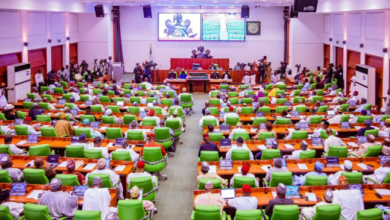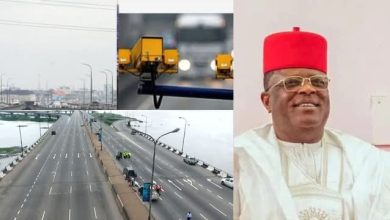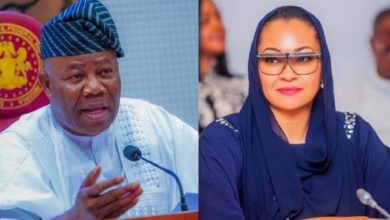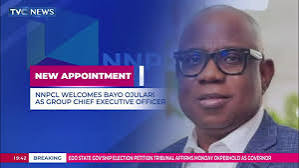Uncertain 2025 Broadband Goal as 31 States Still Lack Adequate Service
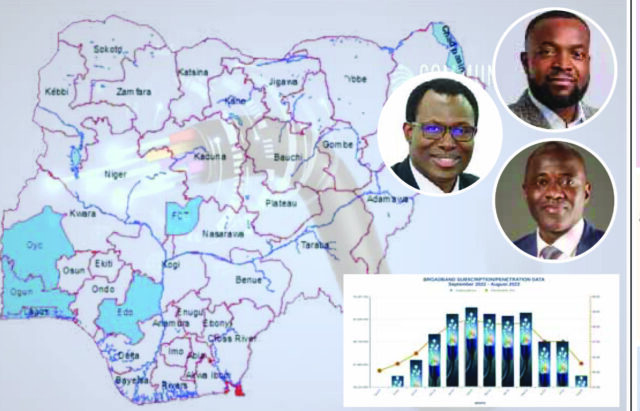
With some months away from Nigeria’s 70 per cent broadband penetration target set for 2025, about 31 states remain unserved and underserved, a consequence of a sluggish investment in fibre optic cable deployment.
In the Ministry of Communications, Innovation and Digital Economy’s white paper on ‘Deepening Nigeria’s National Backbone and Middle Mile Infrastructure,’ sighted. Nigeria’s fibre links are said to be mainly owned by the mobile network operators (MNOs) that is MTN, Airtel, Globacom and other players such as IHS, Phase3, EMTS, amongst others.
Accordingly, with about 25 per cent of the fibre distances in metro fibre networks, the document revealed that the metro network is also highly concentrated in the major cities of Lagos, Edo, Abuja, Oyo and Ogun states, while many other areas remain unserved or underserved.
While Nigeria through the National Broadband Plan 2020 to 2025 has set a target of 70 per cent broadband penetration by 2025 and 90 per cent population coverage, fibre optic cable deployment is a major element crucial to achieving wider connectivity across the country owing to the latency of the infrastructure among others.
Thus far, 78,676km of fibre optic cables have been deployed as of 2023. Lagos leads with 7,864.60km; Edo, 4,892.71km; FCT, 4,472.03km; Ogun, 4,189.18km; Niger, 3,681.66km; Kaduna, 3,028.88km and Delta, 2,750.42km. Kano and Kogi follow with 2,697.72km and 2,602.25km in that order.
The least 10 states in fibre deployment are Yobe (1,233.31km), Borno (1,190.04km), Gombe (1182.40km) and Ekiti (1,178.04km). Others are Jigawa (1100.53km), Taraba (1,076.58km), Sokoto (1,066.56km), Plateau (997.45km), Ebonyi, 651.65km and Bayelsa (407.88km).
As of last August, the Nigerian Communications Commission (NCC) data put broadband penetration at 45.57 per cent with about 86.9 million Nigerians having access to the service, largely in the urban areas.
The whitepaper noted that individuals and communities face a growing barrier to navigating the interconnected landscape of modern life without reliable and affordable Internet access. It said the resulting barriers from limited Internet access range from economic to knowledge exchange barriers.
According to the ministry, economical, reliable and affordable connectivity is crucial for economic growth, job creation and social mobility, and its absence limits individuals’ participation in the digital economy, impacting their job opportunities, income level, and overall well-being.
Similarly, it said limited Internet access restricts access to information and knowledge resources, hindering individuals’ and communities’ ability to learn, innovate, and participate in modern knowledge-based societies.
Already, the Minister of Communications, Innovation, and Digital Economy, Dr Bosun Tijani, has projected that the construction of fibre optic cables nationwide in the country would require about $2 billion investment.
Tijani, who stated this last December, said his ministry, working alongside the NCC, considers fibre optic deployment as a priority to improve the quality of communication service in the country.
According to him, the federal government has already constructed about 35, 000 kilometres of fibre optics cables nationwide. The figure is 60,000 Km short of what he said the country needed to ensure complete coverage.
In the next four years, we are going to do everything to increase the kilometres of fibre optic cables in Nigeria. We are about 35, 000 kilometres away, and we need to go to 95,000 kilometres, almost halfway there.
“It’s going to cost roughly $1.5 to $2 billion to wire the whole of Nigeria to reach that 95,000,” he said.
On the sidelines of the World Economic Forum in Davos, Switzerland, Tijani disclosed that the $2 billion infrastructure fund was getting global attention.
Perhaps, Nigeria’s broadband penetration and fibre optic deployment would have gotten better had the earlier NCC broadband plan, and the InfraCo project succeeded.
Adebayo said most of the telecoms infrastructure in Nigeria built since the revolution started over two decades ago, especially fibre infrastructure is near its end of life and as such needs to be upgraded or complete deployment of new ones.
He, however, said the major hindrance to fresh deployment has been the exorbitant RoW levies charged by governments and their agents.



